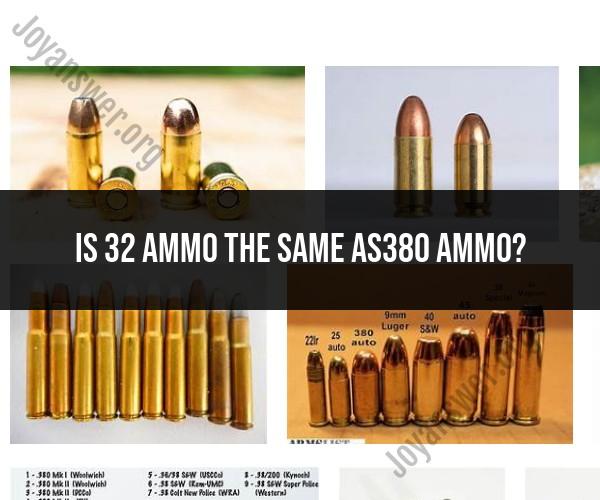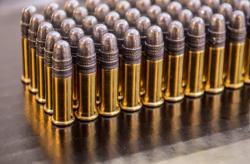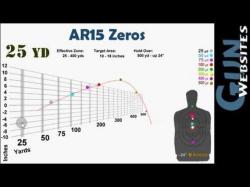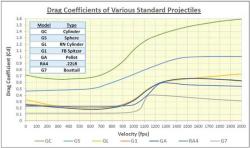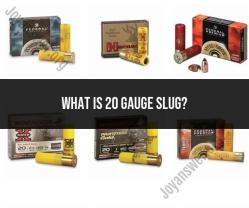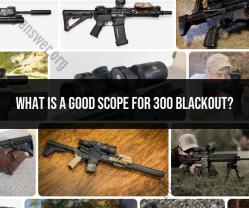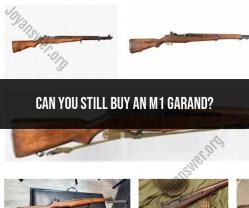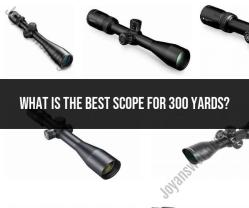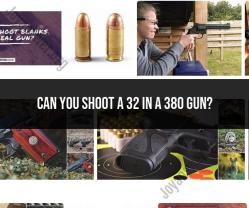Is 32 ammo the same as380 ammo?
No, .32 ammo is not the same as .380 ammo. These are two distinct calibers with differences in cartridge dimensions, bullet size, and performance characteristics. Here's a comparison of .32 ammo (specifically .32 ACP) and .380 ammo (specifically .380 ACP):
.32 ACP (Automatic Colt Pistol):
- Bullet Diameter: Approximately .312 inches (7.92mm).
- Commonly Used for: Smaller semi-automatic pistols.
- Cartridge Length: Typically around 17mm.
- Muzzle Energy: Relatively low.
- Recoil: Mild.
- Popular Firearm: Walther PPK (among others).
- Usage: .32 ACP is often considered a low-recoil, low-power cartridge suitable for concealed carry handguns or as a backup weapon.
.380 ACP (Automatic Colt Pistol):
- Bullet Diameter: Approximately .355 inches (9mm).
- Commonly Used for: Concealed carry handguns and compact pistols.
- Cartridge Length: Typically around 17mm.
- Muzzle Energy: Higher than .32 ACP.
- Recoil: Moderate.
- Popular Firearm: Numerous compact and subcompact handguns are chambered in .380 ACP.
- Usage: .380 ACP is more powerful compared to .32 ACP and is often chosen for self-defense and concealed carry due to its compact size and moderate recoil.
While both .32 ACP and .380 ACP are relatively small-caliber cartridges, the key difference lies in their bullet diameter and ballistic performance. .380 ACP ammunition is more powerful and generally considered a more suitable choice for personal defense purposes compared to .32 ACP.
It is crucial always to use the correct ammunition specified for your firearm. Attempting to use the wrong caliber ammunition can result in safety hazards, firearm malfunctions, or damage to the firearm. If you are uncertain about which ammunition is suitable for your firearm, consult the firearm's owner's manual, contact the manufacturer, or seek advice from a qualified gunsmith or firearms expert. Safety is paramount when handling firearms.
Deciphering the Differences: .32 Ammo vs. .380 Ammo
.32 ACP and .380 ACP are both semi-automatic pistol cartridges, but they have some key differences.
Dimensions
.32 ACP cartridges have a rim diameter of 0.358 inches and a case length of 0.984 inches. .380 ACP cartridges have a rim diameter of 0.374 inches and a case length of 0.984 inches. This means that .380 ACP cartridges are slightly larger in diameter than .32 ACP cartridges.
Power
.380 ACP cartridges are also more powerful than .32 ACP cartridges. .380 ACP cartridges typically have a muzzle velocity of around 950 feet per second, while .32 ACP cartridges typically have a muzzle velocity of around 850 feet per second.
Compatibility
.32 ACP and .380 ACP cartridges are not dimensionally compatible. This means that you cannot fire a .32 ACP cartridge in a .380 ACP firearm, and vice versa.
Which caliber is better?
Whether .32 ACP or .380 ACP is better for you depends on your individual needs and preferences. If you are looking for a lightweight and concealable pistol, .32 ACP may be a good option. However, if you are looking for a more powerful pistol, .380 ACP may be a better choice.
Here is a table summarizing the key differences between .32 ACP and .380 ACP ammunition:
| Characteristic | .32 ACP | .380 ACP |
|---|---|---|
| Rim diameter | 0.358 inches | 0.374 inches |
| Case length | 0.984 inches | 0.984 inches |
| Muzzle velocity | 850 feet per second | 950 feet per second |
| Compatibility | Not compatible with .380 ACP firearms | Not compatible with .32 ACP firearms |
Understanding Ammunition Variations: .32 vs. .380
There are a number of different variations of .32 ACP and .380 ACP ammunition available. Some of the most common variations include:
- Full metal jacket (FMJ): FMJ bullets have a copper jacket that covers the entire bullet. FMJ bullets are typically less expensive than other types of bullets, and they are less likely to cause fouling in the barrel of your firearm.
- Hollow point (HP): HP bullets have a hollow cavity in the tip of the bullet. This cavity causes the bullet to expand on impact, which transfers more energy to the target. HP bullets are typically more expensive than FMJ bullets, but they are also more effective at stopping a target.
- Self-defense: Self-defense ammunition is designed to maximize stopping power. Self-defense ammunition typically uses HP bullets, but it may also use other features, such as bonded jackets and frangible cores.
Ammunition Compatibility: What You Should Know About .32 and .380
It is important to always use the correct ammunition in your firearm. Firing the wrong type of ammunition can cause serious injury or death.
Here are some tips for choosing the correct ammunition for your firearm:
- Always read the owner's manual for your firearm to see what type of ammunition it is chambered for.
- Only use ammunition that is manufactured by a reputable manufacturer.
- Inspect each cartridge before firing it to make sure that it is not damaged or defective.
If you have any questions about choosing the correct ammunition for your firearm, please consult a qualified firearms instructor.
